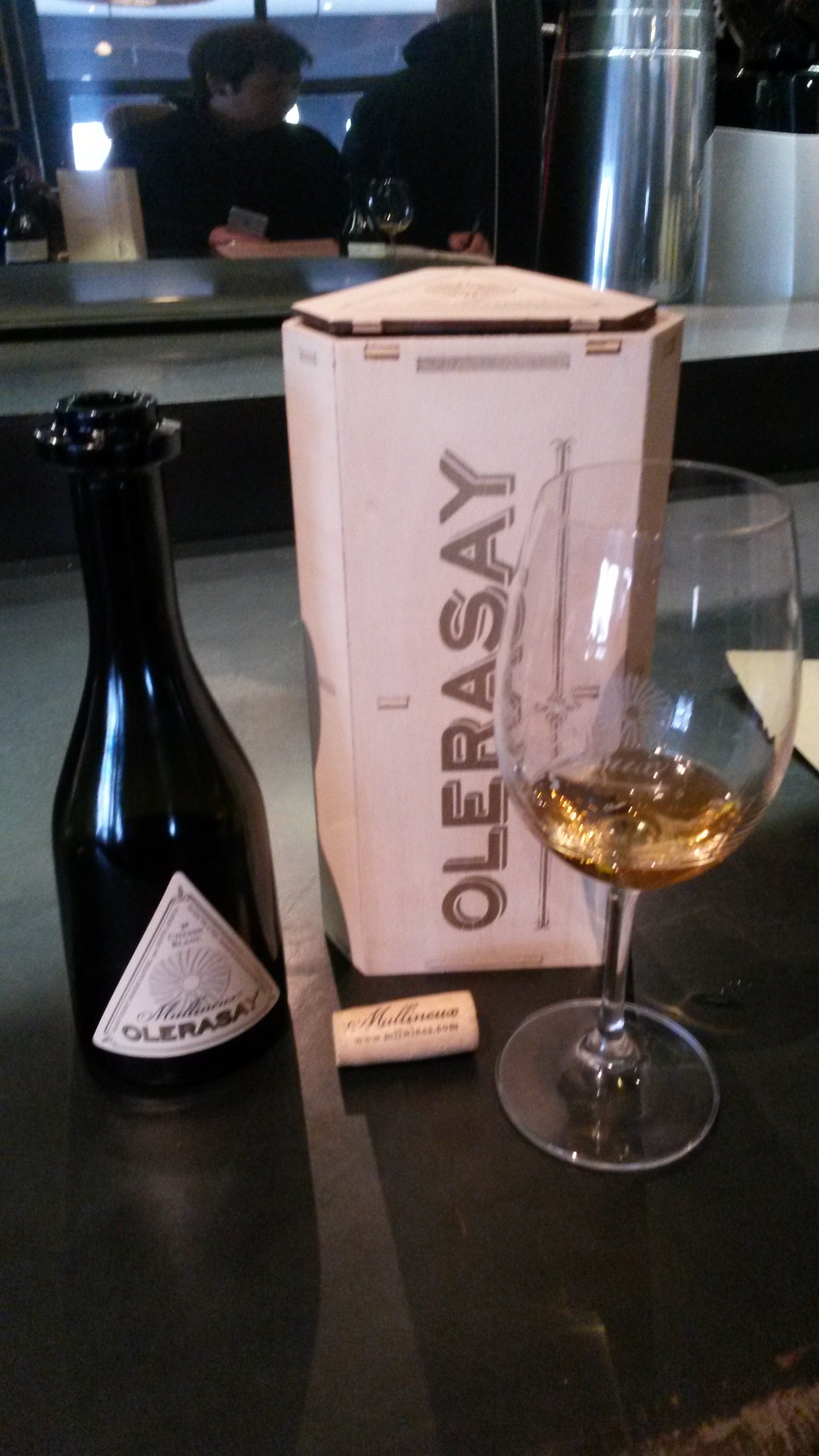
Time to play
Calling what winemakers do at this time of the year ‘playing’ is a little frivolous and possibly even disingenuous! Getting their geek on by doing a variety of experiments, trials and little pet projects during harvest often sees techniques refined and tweaked until, years later, you and I get to pour the results into a glass.
Chief winemaker at the KWV and Diners Club Winemaker of the Year Johann Fourie is one of the quietest, most modest and humble winemakers on the local scene. He and his team learned from their Aussie mentor Richard Rowe that science and sticking to winemaking basics and fundamentals will always stand them in good stead.
The KWV Mentors range is where many of their trials ultimately gain expression. Grenache Blanc, stunning Semillon, Verdelho, Sauvignon Blancs from different areas, Cabernet Franc, Petit Verdot and more have gained critical and commercial acclaim, even if they’re made in small volumes, but they undoubtedly add lustre to the greater KWV brand. But there are many more which have yet to see the light of day – like Pinot Noir, for example.
The 2016 crush has seen the team experimenting and playing with the heartbreak grape – again. It’s something they’ve been trialling for a few years. Fourie vows that the team will research, test and play until they get it right. So what are some of the things they’ve done? Fermenting with different yeasts is an obvious one.
Fourie said in an interview with Dave Hughes last year that he loved being “halfway between the exactness of science and the unknown of art”, and that he loved bridging the gap and bringing them together.
“I enjoy the weird and wonderful, of being creative and following my instinct – but I’m also a firm believer that all of it needs to be backed by sound technical knowledge of what you’re working with.”
So, the Pinot Noir was processed in a variety of micro batches. Firstly there were whole-bunch pressings versus destemmed grapes to see what the result would be. Fermentation took place at different temperatures – some hotter than others to see what effect this had on the extraction of both flavour and colour. Yeasts obviously differed to see which was best suited to the particular clone harvested. Furthermore, the issue of tannin was also addressed, with a variety of test batches done – some with no grape stems, one with 15% of stems added back and another with 30% in the mix. Nett result was a laboratory with a lot going on – and lingering doubts about whether they’d found the elusive sweet spot just yet.
A recent visit to La Motte had winemaker Edmond Terblanche offering cloudy glasses of fermenting Semillon from two separate tanks. “Yeast trials,” he said as he handed the two over to me. “Same block of grapes, harvested the same day, at the same ripeness level – we separated and inoculated them with different yeast strains to see what would develop.” And even at this very early stage of development it was obvious that there was a distinct disparity in flavour profiles between the two tanks. One was far ‘greener’ and more nettly and grassy while the other seemed to express greater ripeness with more obvious stone fruit nuances.
Similarly, I recall Andries Burger of Paul Cluver playing with Chardonnay a few years ago. Pinot Noir is his first love but Chardonnay is not far behind. Burger had done something similar, taking one block of top-performing Chardonnay and splitting it into two parcels once it reached the winery. One parcel was allowed to ferment naturally, using the native yeasts either present on the grape skin or in the environment, while the other was then inoculated with a commercial yeast. He then played around with malolactic fermentation, allowing one portion to undergo it and denying it to another. Furthermore, there was a division into stainless steel tank and oak barrel – all in the name of flavour. Because of this experiment, one vineyard offered up a range of diverse wines.
This sort of experimentation resulted in the acclaimed Cape Winemakers Guild Wagon Trail Chardonnay snapped up by eager bidders every year. The trials took place at least a decade ago – and last year saw the release of their pinnacle Chardonnay, the Paul Cluver Seven Flags Chardonnay 2014. It’s from the oldest – 27-year-old – Chardonnay vineyard on the farm, planted with Dijon clones.
Last year also saw the uber-successful duo of Andrea and Chris Mullineux debut their long-gestated Olerasay sweet Chenin, yet another five-star Platter wine that contributed to their 2015 Winery of the Year title in the same guide.
For six years, starting in 2008, they retained a barrel, sometimes two, of their Straw Wine from old-vine Chenin, creating a unique wine based on the Sherry solera system – and hence the wordplay of Olerasay! Each year more wine is added while some is drawn off and bottled in a unique bottle. The result of this multiple vintage wine is something truly special, layered and nuanced with unbelievable flavour and vivacity. It’s a stunning expression of what Chenin Blanc can do – and is a tribute to the geeky vision and experimentation of its makers at Mullineux & Leeu Family Wines.

Winemakers only get to do what they do best – make wine – once a year. Little wonder that they like to play around and try different things … and we, the end users and consumers, ultimately get to benefit from their geeky trials.
– Fiona McDonald
